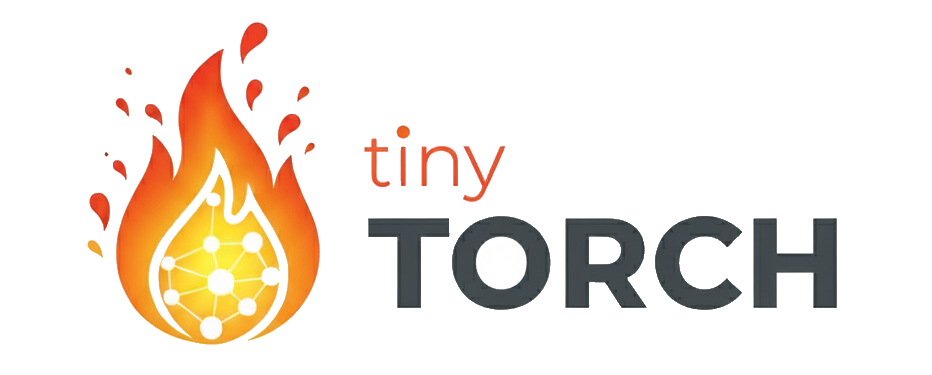Module 16: TinyGPT - Language Models#
⭐⭐⭐⭐⭐ | ⏱️ 4-6 hours
The Culmination: From 1980s MLPs → 1989 CNNs → 2017 Transformers Using ONE Framework
Learning Objectives#
By the end of this module, you will:
Complete the ML evolution story by building GPT-style transformers with components you created for computer vision
Prove framework universality using 95% component reuse from MLPs (52.7%) and CNNs (LeNet-5: 47.5%)
Understand the 2017 transformer breakthrough that unified vision and language processing
Implement autoregressive language generation using the same Dense layers that powered your CNNs
Experience framework generalization - how one set of mathematical primitives enables any AI task
Master the complete ML timeline from 1980s foundations to modern language models
What Makes This Revolutionary#
This module proves that modern AI is built on universal foundations:
95% component reuse: Your MLP tensors, CNN layers, and training systems work unchanged for language
Historical continuity: The same math that achieved 52.7% on CIFAR-10 now powers GPT-style generation
Framework universality: Vision and language are just different arrangements of identical operations
Career significance: You understand how AI systems generalize across any domain
Components Implemented#
Core Language Processing#
CharTokenizer: Character-level tokenization with vocabulary management
PositionalEncoding: Sinusoidal position embeddings for sequence order
Attention Mechanisms#
MultiHeadAttention: Parallel attention heads for capturing different relationships
SelfAttention: Simplified attention for easier understanding
CausalMasking: Preventing attention to future tokens in autoregressive models
Transformer Architecture#
LayerNorm: Normalization for stable transformer training
TransformerBlock: Complete transformer layer with attention + feedforward
TinyGPT: Full GPT-style model with embedding, positional encoding, and generation
Training Infrastructure#
LanguageModelLoss: Cross-entropy loss with proper target shifting
LanguageModelTrainer: Training loops optimized for text sequences
TextGeneration: Autoregressive sampling for coherent text generation
Key Insights: The Universal ML Framework#
Historical Vindication: The 1980s mathematical foundations you built for MLPs now power 2017 transformers
Framework Universality: Vision (CNNs) and language (GPTs) use identical mathematical primitives
Architecture Evolution: MLPs → CNNs → Transformers are just different arrangements of the same operations
Component Reuse: Your 52.7% CIFAR-10 training systems work unchanged for language generation
The Complete ML Evolution Story#
This module completes your journey through ML history:
🧠 1980s MLP Era: You built the mathematical foundation
Tensors, Dense layers, backpropagation → 52.7% CIFAR-10
📡 1989-1998 CNN Revolution: You added spatial intelligence
Convolutions, pooling → LeNet-1: 39.4%, LeNet-5: 47.5%
🔥 2017 Transformer Era: You unified everything with attention
Multi-head attention + your Dense layers → Language generation
🎯 The Proof: Same components, universal applications. You built a framework that spans 40 years of AI breakthroughs.
Prerequisites#
Modules 1-11 (especially Tensor, Dense, Attention, Training)
Understanding of sequence modeling concepts
Familiarity with autoregressive generation
Time Estimate#
4-6 hours for complete understanding and implementation
“From 1980s MLPs to 2017 transformers - the same mathematical foundations power every breakthrough. You built them all.” - The TinyTorch Achievement
Choose your preferred way to engage with this module:
Run this module interactively in your browser. No installation required!
Use Google Colab for GPU access and cloud compute power.
Browse the Python source code and understand the implementation.
💾 Save Your Progress
Binder sessions are temporary! Download your completed notebook when done, or switch to local development for persistent work.
